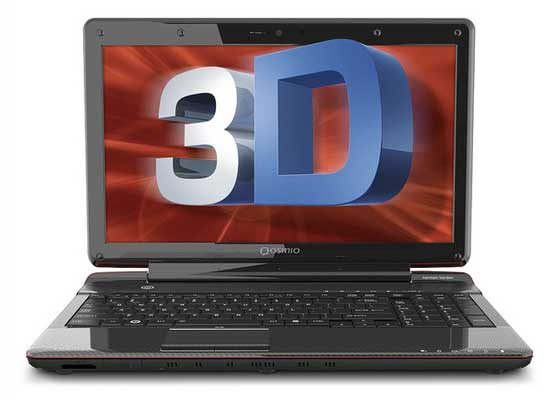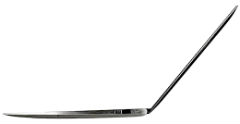
Over at the Atlantic, Robert Wright is being sacrilegious. He says he’s unhappy with the trend–seen in phones, laptops, and other products–to make gadgets as thin as possible:
Remember when Jobs first unveiled the Macbook Air? I do, because I had long been a fan of the small, lightweight computers that had until then been available only on the Windows platform. Jobs brought the machine onstage in a manila envelope, because the thing he wanted to wow the audience with was its thinness.
I thought: Who cares how thin it is? Thickness isn’t the dimension that really matters when you have to fit a computer into a tiny backpack or use it in a coach seat on an airplane. And, anyway, more important than any spatial dimension is weight. Sure, to the extent that thinner means lighter, thinness is good, but if you make thinness an end in itself, you start compromising functionality.
Bob has several specific beefs with whisper-thin gizmos. He points out that all things being equal, a thin case leaves less room for the battery, thereby leading to shorter battery life. He says that overly svelte devices are harder to hold and easier to drop. With laptops, he says, engineering for thinness leads to compromises in keyboard quality.

 For the longest time, Apple laptops lived in their own world of stylish design, while PC makers remained steadfast in their focus on beefier specs for lower prices. I remember looking two years ago for a Windows PC that aped Apple’s style–awesome keyboard, smooth trackpad, sturdy aluminum build, decent specs–and being disappointed that such a computer simply didn’t exist.
For the longest time, Apple laptops lived in their own world of stylish design, while PC makers remained steadfast in their focus on beefier specs for lower prices. I remember looking two years ago for a Windows PC that aped Apple’s style–awesome keyboard, smooth trackpad, sturdy aluminum build, decent specs–and being disappointed that such a computer simply didn’t exist. I’ve been thinking of the “Ultrabook” category of laptops–devised and named by Intel–as being pretty much synonymous with “MacBook Air lookalikes that run Windows.” But HP’s new Folio (no relation to the
I’ve been thinking of the “Ultrabook” category of laptops–devised and named by Intel–as being pretty much synonymous with “MacBook Air lookalikes that run Windows.” But HP’s new Folio (no relation to the 
 India’s $35 laptop/tablet, a concept that I’ve been skeptical about since
India’s $35 laptop/tablet, a concept that I’ve been skeptical about since 
 The Lenovo IdeaPad U1, which combines a Windows laptop and an Android tablet into one device, was one of the most intriguing products I saw at CES 2010. It was also one of the most intriguing products I saw a year later at CES 2011.
The Lenovo IdeaPad U1, which combines a Windows laptop and an Android tablet into one device, was one of the most intriguing products I saw at CES 2010. It was also one of the most intriguing products I saw a year later at CES 2011. Intel’s plan to revitalize the thin-and-light laptop has been out in the open for
Intel’s plan to revitalize the thin-and-light laptop has been out in the open for  Laptops don’t make for the most exciting news these days, but I’m pleased to hear that Intel’s PC plans call for a big bet on ultra-low voltage processors, as
Laptops don’t make for the most exciting news these days, but I’m pleased to hear that Intel’s PC plans call for a big bet on ultra-low voltage processors, as